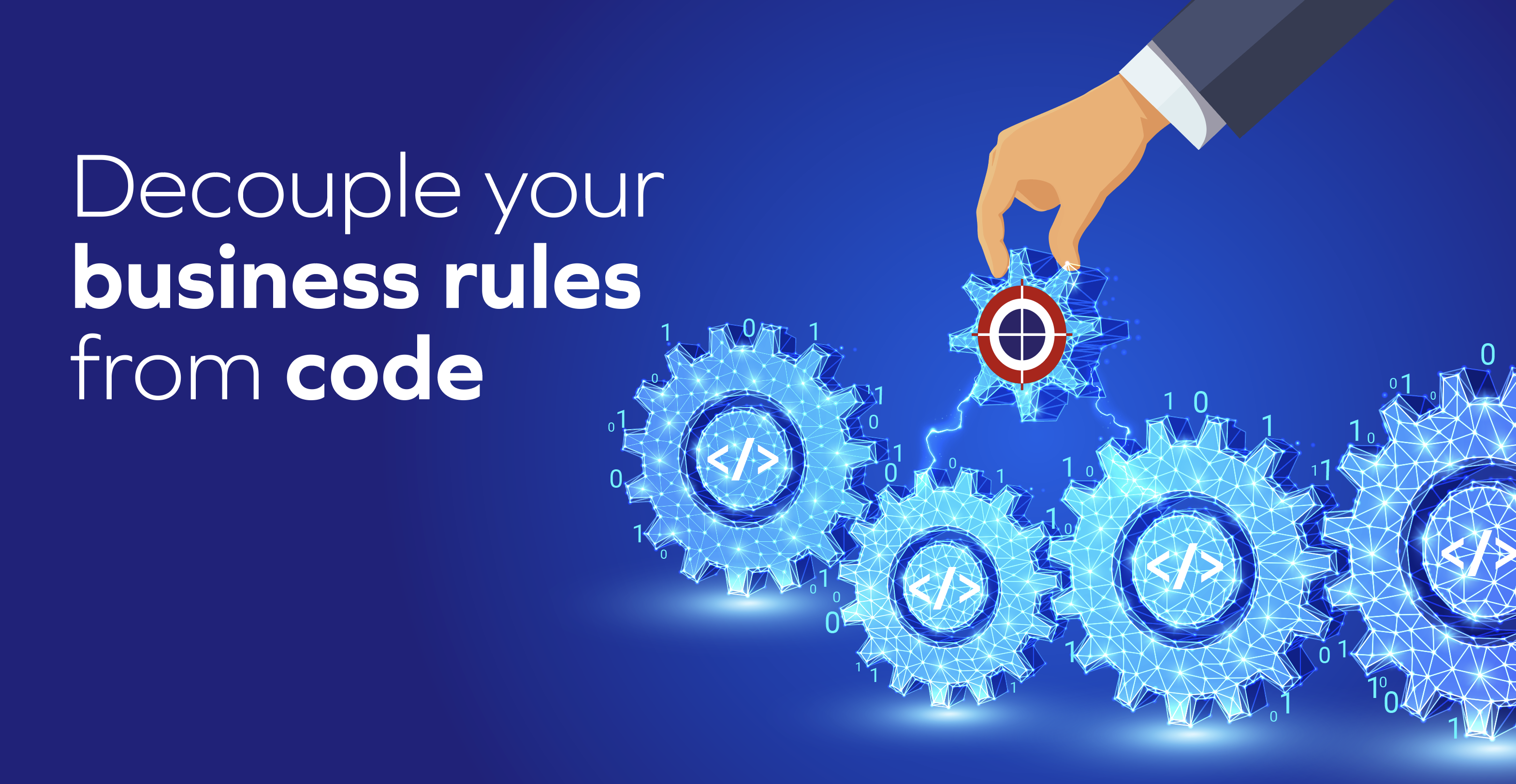
An average adult makes 35,000 decisions every day. Businesses make hundreds of thousands of them. Some are more critical than others, but each can impact business outcomes. So, organizations use business rules to bring a sense of consistency and reliability in decision-making.
What are business rules?
Business rules address the basics of day-to-day operations: What, why, when, where, and how processes will be performed in organizations.
They convert a business’s protocols into a replicable framework that can be used irrespective of a process’s size or criticality.
Today, business rules form a foundational aspect of technology applications. Much of automation depends on business rules — also known as decision logic — to carry out tasks. For instance, key decisions about a plan participant’s eligibility to enroll in a retirement plan are made through a complex analysis of data across various types such as participant demographic, organizational policy, retirement plan structure, state and federal laws, etc.
Clear business rules make decision-making across complex dependencies simple and quick.
Automating business rules
A typical set of business rules have the following:
Structural rule: Help create business nomenclature that is unique for your organization. These rules are rigid and rarely edited.
Process flow: These are the rules that direct the workflow.
Decision logic: The heart of any business rule, this logic dictates how an action should be implemented across the application. Most often, these are structured as if-then conditions.
Automation with hardcoding
In the early days of technology automation, developers ‘hardcoded’ business rules. This means that they embedded business rules within the application code, which governed the logic. So, if you ever needed to make changes to your business rules — however small they may be — you needed the help of a programmer who edited the code and made it live.
- This could take weeks, often months, to implement in production
- It could have an unforeseen impact on other parts of the application, if not co-ordinated clearly
- Only qualified developers with programming knowledge can do this
- It would cost significant time and money in making changes to code every time it was needed
- Thus, rules cannot be reused across the application in other areas that require the same rules.
Obviously, it renders business rules moot: Even though the rules are flexible, the implementation is tedious and expensive, forcing organizations to stick to inefficient practices and outdated decision logic.
Hardcoding is especially inefficient for the retirement industry
Take, for instance, the changes that the SECURE Act of December 2019 brought to retirement planning. The age at which one can take required minimum distributions (RMD) was pushed to 72 years, from 70.5. part-time workers who work a minimum of 500 hours for 3 years now are to be made eligible for plans; multiple employer plans, for shared 401(k) was introduced, so were penalty-free withdrawals up to USD 5000.
As a major legislation, it brought significant changes to the way retirement plans were administered. While the customers can look forward to a more personalized retirement planning experience, it involved many months of assessment, clarification, and updating for record keepers.
Add to that the many changes brought by the intervention of the department of labor (DOL) and Internal Revenue Service (IRS), and the highly regulated nature of the industry, making amendments to an application with hard-coded business rules would not only take time and energy but also be error-prone and inefficient.
Automation by decoupling business rules from code
Thankfully, hardcoding business rules is no longer necessary. Most modern applications — including all of Congruent’s CORE suite of cloud-based modular solutions — separate business rules from the underlying code. For instance, the intelligent rules engine of CORE Eligibility & Enrollment Solution can be configured based on the guidelines laid down by your organization, factoring in criteria such as age, length of service, hire dates/hours, etc.
This typically happens using a decision table containing a table of inputs and corresponding outcomes (which is updated while scaling). It is then presented in an accessible format for decision-makers to test their rules. Instead of coding all possible outcomes, applications can navigate based on the decision table’s output.
This changes your IT solution in several fundamental ways:
It enables meaningful customization: Any application with business rules separated from code lends itself to configurability within your organization. For instance, you can use any of the CORE suite modules to simplify processing through the easy configuration of rules to suit your organization.
Keeps you compliant: In addition to the federal, state, and local laws, your industry standards and organizational policies also evolve. By keeping the business rules separate from code, we ensure that you are 100% compliant effortlessly.
Empowers your business stakeholders: Unlike the days when business teams needed programmers’ help to edit business rules, decoupling the two allows your non-programmers to instantly make the changes they need. They could write business rules in plain English.
Fosters innovation: The ability to change business rules encourages business teams to experiment with new processes/systems without shaking up your applications’ foundation.
Improves efficiency and control: By grouping multiple business rules based on specific criteria unique to your organization, you can have greater visibility and control over your business rules. This also shows interdependencies, making sure that change in one doesn’t affect other rules/processes.
Facilitates business continuity: While upgrading your technology or modernizing your application, you can effortlessly transfer business rules without having to reinvent the wheel. More importantly, it also makes your application less people-dependent — “only Andy from Payroll knows what this is” will never happen.
In essence, hardcoding business rules into code is a Sisyphean endeavor. Decoupling business rules from code offers your organization the flexibility and efficiency needed to compete in today’s rapidly evolving digital world.
